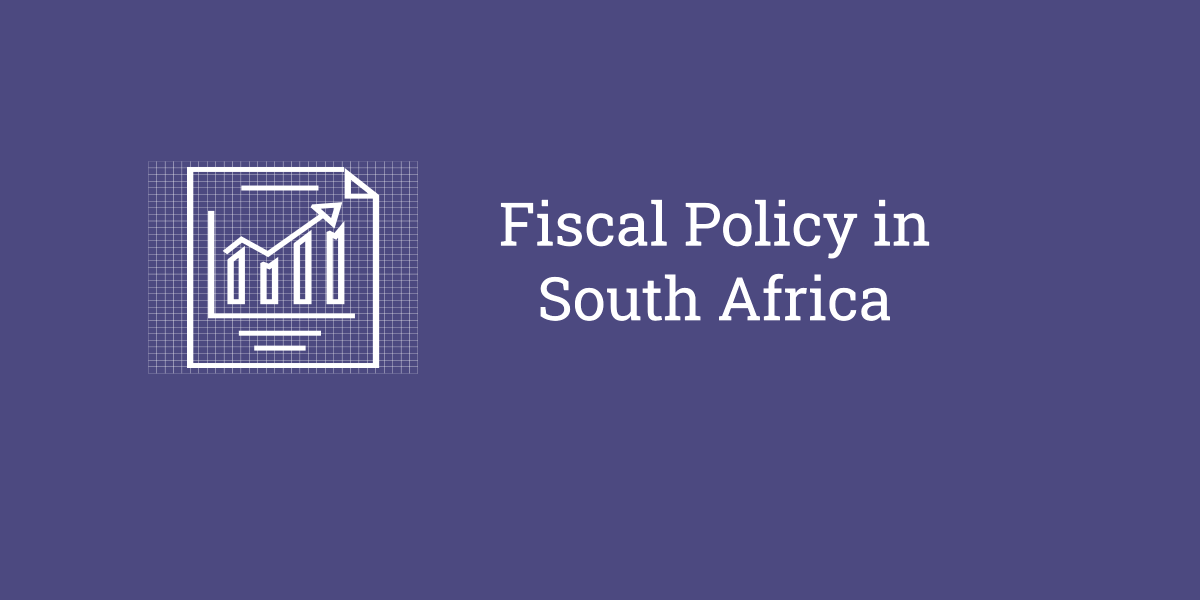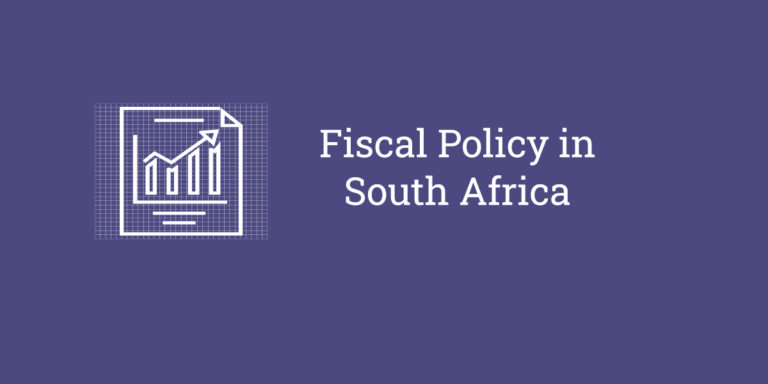Common sense suggests that budgets follow plans, not the other way around. Beyond the headline results of the budget, a closer look at the finance minister’s 2014 budget reveals significant contradictions and suggests a disconnect concerning the relationship between plans and budgets. Consequently, the minister’s budget allocations are far from optimal for us to reach the twin goals of reducing unemployment and decreasing inequality.
Minister Pravin Gordhan once tabled the idea and a discussion document called “Fiscal Guidelines”. These guidelines provided the overall macroeconomic framework for dealing with complex questions on the deficit rate, the meaning of a counter cyclical policy and reprioritisation of spending. In the wake of the ANC’s Polokwane conference and the global financial crisis, the possibilities for reaching an agreement with social partners seemed plausible.
On the one hand, an agreement on the fiscal stance of government potentially could have provided organised labour and community organisations with mechanisms to ensure that social and economic spending remained broadly redistributive. On the other hand, investors would have been provided with clearer indicators on fiscal stance, and in so doing, support private sector investment.
This opportunity was however missed, robbing the National Treasury of perhaps its most important weapon for linking social development plans to a sustainable funding strategy.
The failure to reach agreement on the fiscal framework is compounded by the deep divisions around the National Development Plan (NDP). Minister Gordhan has outlined several proposals for linking the NDP to the budget process, but the intent of shared strategy on the economy has not been realised.
More importantly, the NDP mimics the current government programme of action, which is far from a deliberate development strategy. More to the point, the NDP runs in tandem with several other government plans, meaning that Treasury does not have a single reference point on which to allocate resources.
Minister Pravin Gordhan has waged a campaign against wasteful spending in government. This campaign is important for ensuring that public monies are used for public purposes. However, here again a contradiction emerges. Where will the money that is saved be allocated?
The National Treasury and most government departments have reprioritised budgets over the last five years. These reprioritisation efforts are mostly at a micro level within departments, and not at a macro level across the departments.
While important, the beginning of this initiative to reduce wasteful spending and the reallocation of these resources will thus remain just that – an important start. That is, of course, until agreement is reached on a shorter list of priorities.
For example, can South Africa both invest in nuclear energy and the National Health Insurance scheme over the same period of time? Another example, should infrastructure spend focus on improving logistics for exports or building domestic manufacturing capacity for black business?
The common answer to these questions for South Africa from the National Treasury is that we must be doing everything and that everything should be integrated. The logic is seductive as it suggests a world without significant trade-offs and a governance system that manages competing interests. The reality however is different with funding plans failing to cohere into a national plan to drive economic growth and inclusion — and without difficult choices being made.
The National Treasury has further complicated matters by allocating to itself funds to run important programmes. The Neighbourhood Development Grant, Employment Tax Incentive and Jobs Fund all reside within Treasury. Each of these programmes could find a home in another line department and in so doing; remove doubts on special treatment provided to programmes within Treasury.
Plainly stated, the National Treasury should be focusing on fiscal management not be running programmes that could find a home in other government departments.
But Treasury’s central failure resides in its best intentions and conformity to so-called “macroeconomic fundamentals” not resulting in the quantum of private investment needed to sustain economic growth as well as support employment creation. This, despite an adherence to policies deemed investor friendly.
Despite large private companies having cash available for investments, there are, of course, multiple reasons to explain the lack of private sector investment. One of the reasons is that private investors require a significantly clearer and consistent view of economic plans in South Africa. This cannot be achieved via the largely insulated government process of budgeting, but rather through a more deliberate process of debating alternatives.
As South Africa celebrates 20 years of freedom, the challenge for the next administration in terms of the budget process is three-fold.
First, the concept of “radical reprioritisation” should receive practical support. On the backbenches in parliament, across civil society and in black business organisations, there is growing support for a substantive review of government spending.
In one version of this process, government would adopt zero-based budgets. The traditional incremental budget process where departments substantiate small variations to the baseline, would be replaced by approval of every budget line item. The mechanics of such a process are daunting, but would support a significant reprioritisation of spending.
The National Treasury, in fact, has developed an internal process of budgeting that could serve as a platform for bigger macro changes to the budget. For instance, allocating additional funding for small business development or closing down unnecessary programmes would become a more distinct possibility than today. It would in turn provide support for a somewhat lonely battle that Minister Gordhan has waged to reduce wasteful spending.
Second, government must have a “Plan B”. The importance of reaching an agreement on economic policy has been the proverbial “Plan A” for government and social partners. The problem is that under the tenure of President Jacob Zuma, the prospects for reaching an economic agreement have eroded over the last five years, and are unlikely to emerge under the next administration without significant changes in the approach to economic decision making. In such a context, government must develop a “Plan B” that is different from the default position of leaving the National Treasury in the powerful position of mediating between departmental claims on public monies. Government could, for instance, require that departments link their programmes to stated government priorities in a more direct manner.
It could also work out the cost of the full implementation of its priority programme and allocate this money through a top-slice, before allocating other funding. In doing this, the prospects for an economic agreement may be improved, as clarity emerges on what government wants to do, and what society values.
Third, government must scale new and innovative programmes. Several government departments are operating what could be called “small scale trials” or pilot programmes. These trials in such diverse areas as, community works and support for schools on maths, are important. They suggest a different way to gain value from limited resources and ways to reduce inequality.
Importantly, they compete for funding with big infrastructure spending programmes and with the inertia evident in existing budgets. Government should scale these programmes on the basis of evaluations and provide the political leadership to support these programmes.
Budget 2014 reflects the important work that Minister Gordhan has led over the last five years. In many respects, his work has yielded important gains for South Africa. However, in evaluating Budget 2014 we should remember that for all the good we might see in it, to meet our developmental goals will require a much stronger linkage between plans and budgets. Defending allocations for programmes that are progressive also requires broader social support for the budget. That process starts with defining what strategy underlies the budget and reaching as wide as possible social agreement on this.
This article was first published under creative commons license on South African Civil Society Information Service website.


